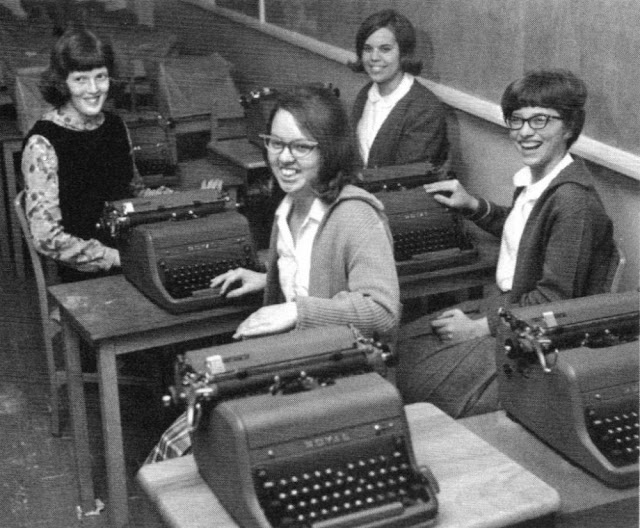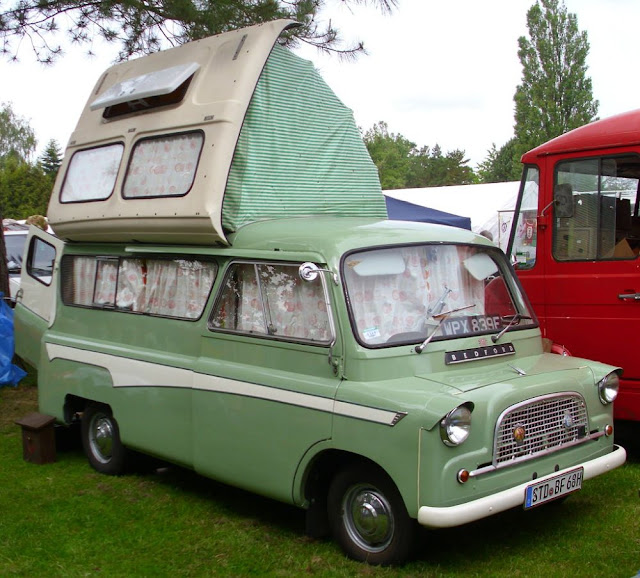Concorde remains one of the most iconic and most beautiful aircraft ever to take to the skies and as a result many aspects of its development and its operational career have been covered frequently both in books and magazine articles.
In the late 1950s, the United Kingdom and France were considering developing a supersonic transport. The British Bristol Aeroplane Company and the French Sud Aviation were both working on designs; the British one was called the Type 223, and the French one the Super-Caravelle. Both were largely funded by their respective governments The British design was for a thin-winged delta shape transatlantic-ranged aircraft for about 100 people which owed much to the work of Dietrich Kuchemann. While the French were intending to build a medium-range aircraft

|
| Manufacturing Concorde at BAC’s works at Filton, Bristol, 1967. |
The designs were both ready to start prototype construction in the early 1960s, but the cost was so great that the British government made it a requirement that BAC look for international co-operation. Approaches were made to a number of countries, but only France showed real interest, mainly because the British were the only nation that had the possible engine, the Olympus 593. It would of taken the French years and cost millions to to develop a engine of their own. The development project was negotiated as an international treaty between the two countries rather than a commercial agreement between companies and included a clause, originally asked for by the UK, imposing heavy penalties for cancellation. A draft treaty was signed on 28 November 1962. By this time, both companies had been merged into new ones; thus, the Concorde project was between the British Aircraft Corporation and Aerospatiale.
The director of the Royal Aircraft Establishment, or RAE, asked Morien Morgan, who would later be known as “the Father of Concorde”, to form a committee to study the supersonic transport concept. The program initially cost around $90 million, but it would soon encounter huge overruns and delays, causing it to eventually cost over $1.6 billion. This extreme cost became the main factor in the production run being much smaller than anticipated.
Twenty Concordes were built and operated from January 21, 1976 to October 24, 2003. It had a maximum speed over twice the speed of sound at Mach 2.04, or 1,354 mph at cruise altitude, cutting international flight times in half. It was celebrated around the world and had so much to offer, but now it’s gone...

|
| A Concorde model at the Farnborough Air Show Exhibition in England, Sept. 9, 1962. |
 |
| A wooden mockup of the Concorde nose and cockpit under construction at Filton factory in Bristol, October 1963. |

|
| A wooden mock up of Concorde at Filton in Bristol, Oct. 24, 1963. |

|
| Designers and passenger stand-ins in the cabin of the Concorde, April 1964. |

|
| A model lineup of the various designs suggested for the shape of the Concorde, with the eventual design at the far end of the row. May 28, 1964. |

|
| A sugar model of the Concorde, c. 1965. |
 |
| Queen Elizabeth II visits the factory where the Concorde is being developed, September 1966. |
 |
| Workers clean the fuselage of a Concorde prototype, January 1967. |

|
| Workers on the wing of a Concorde prototype, Jan. 30, 1967. |

|
| A full-scale wooden model of the Concorde on display, March 1, 1967. |

|
| A Concorde prototype undergoes vibration tests in Toulouse, Sept. 8, 1967. |
 |
| Pilots and flight attendants from airliners which have ordered the Concorde stand in front of the plane at the official roll-out ceremony in Toulouse, Dec. 11, 1967. |
 |
| A model with makeup and hairstyle inspired by the Concorde, May 24, 1969. |


-1712643557-q80.webp)

